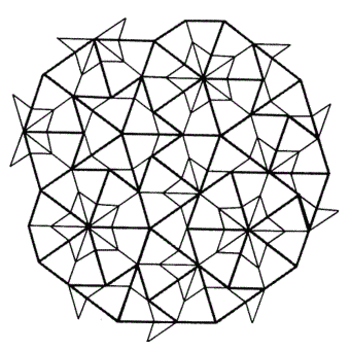How do you use the quadratic formula to find both solutions to the quadratic equation #x^2+3x-4=0#?
2 Answers
By replacing the variable coefficients in the general quadratic formual with the coefficients for the terms in the given equation we can get
Explanation:
For an equation in the form:
the quadratic formula gives the solutions as
Replacing
Explanation:
Having the equation
Now we find
The two solutions are:


